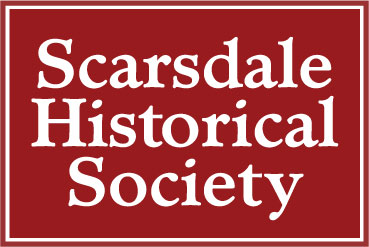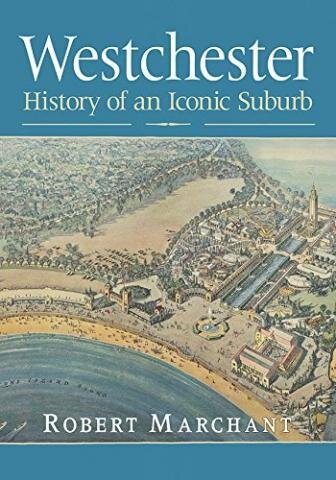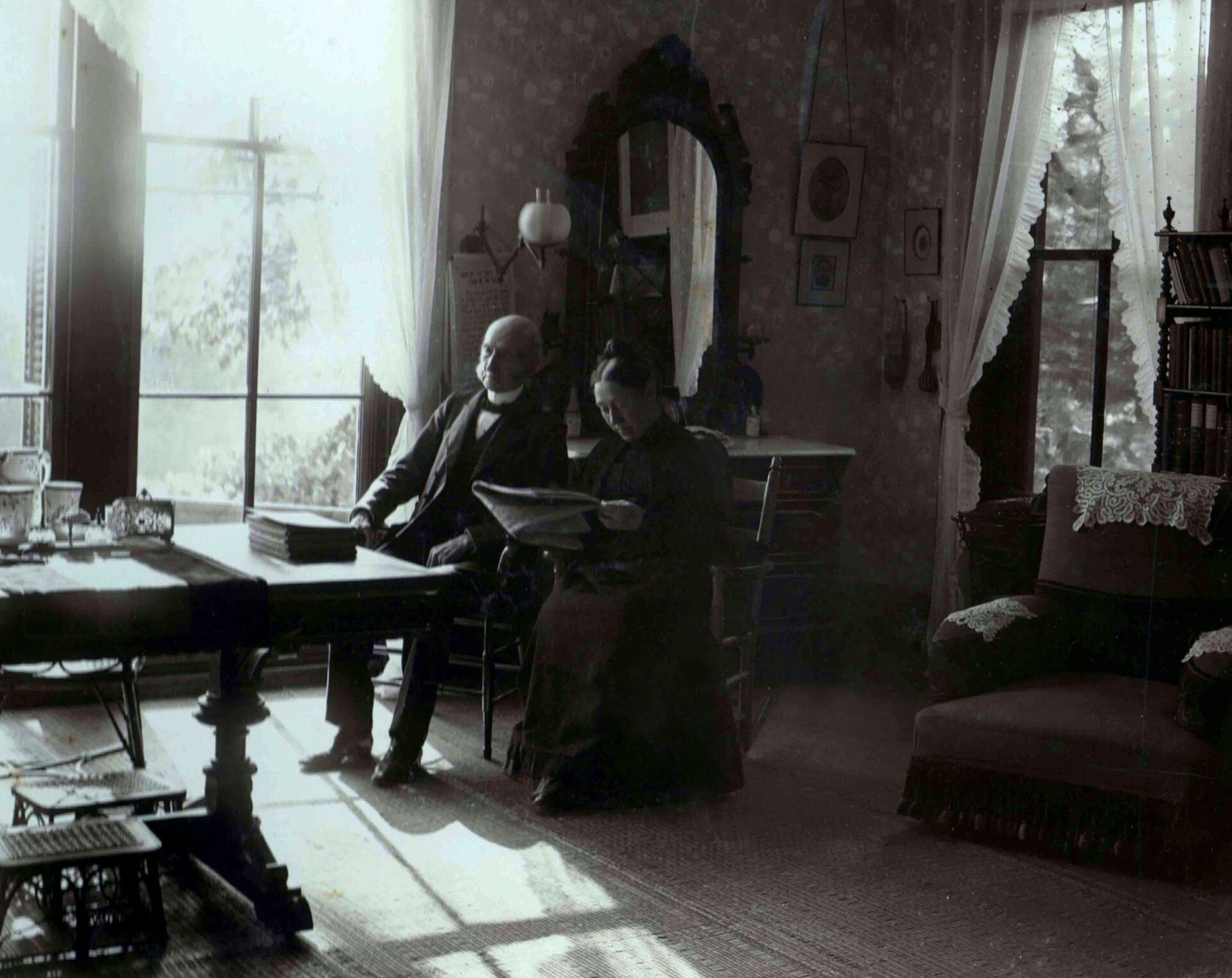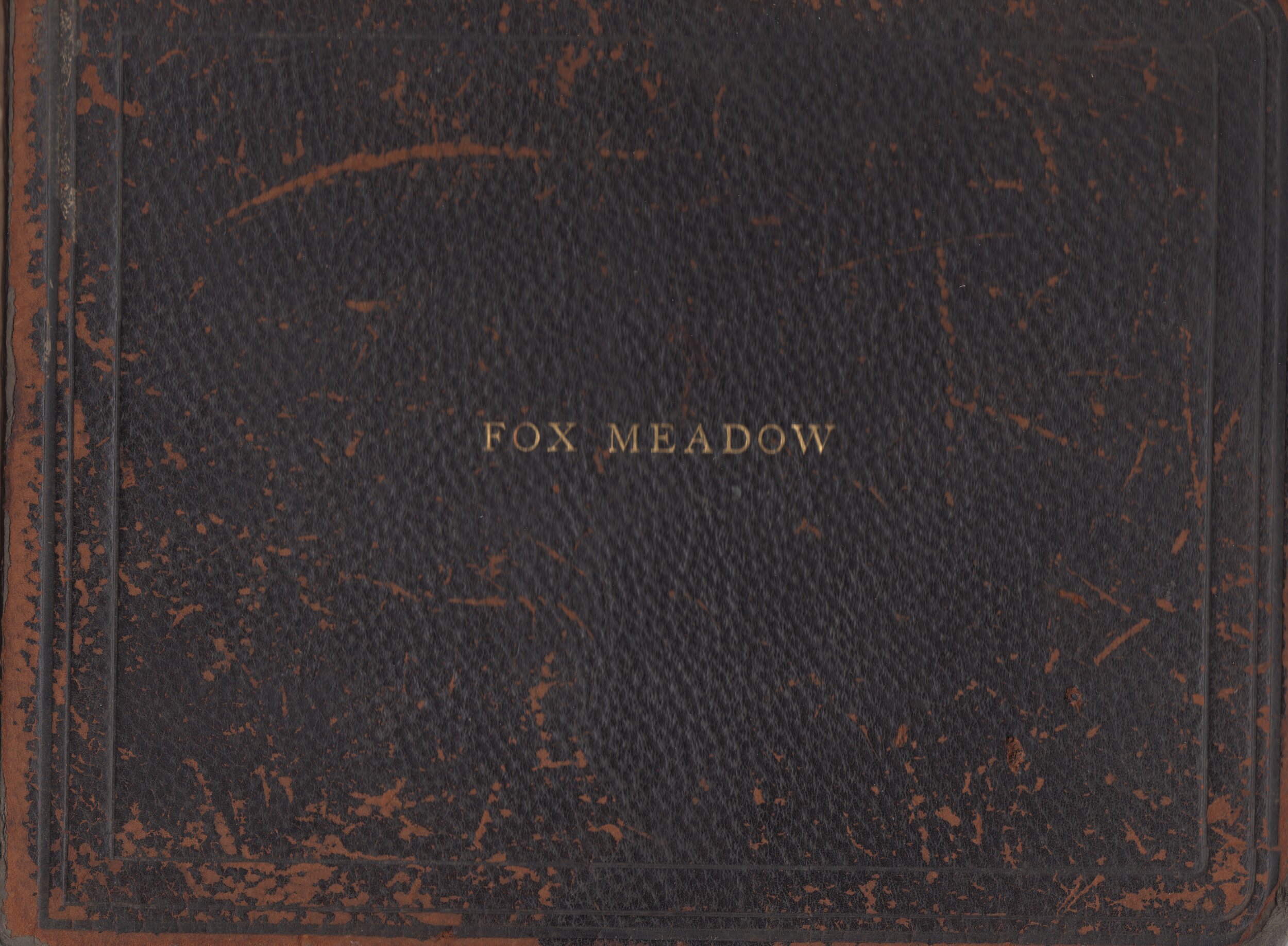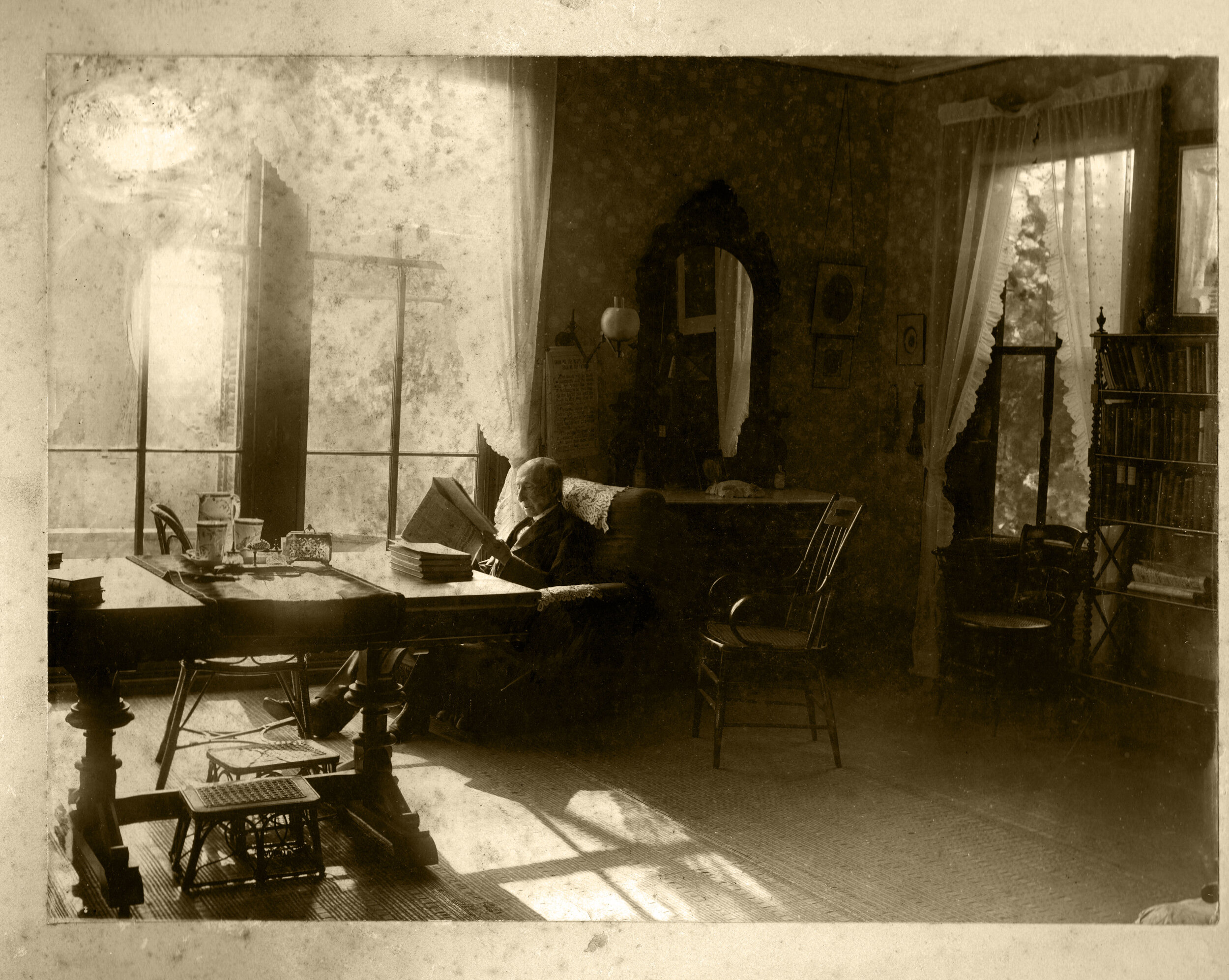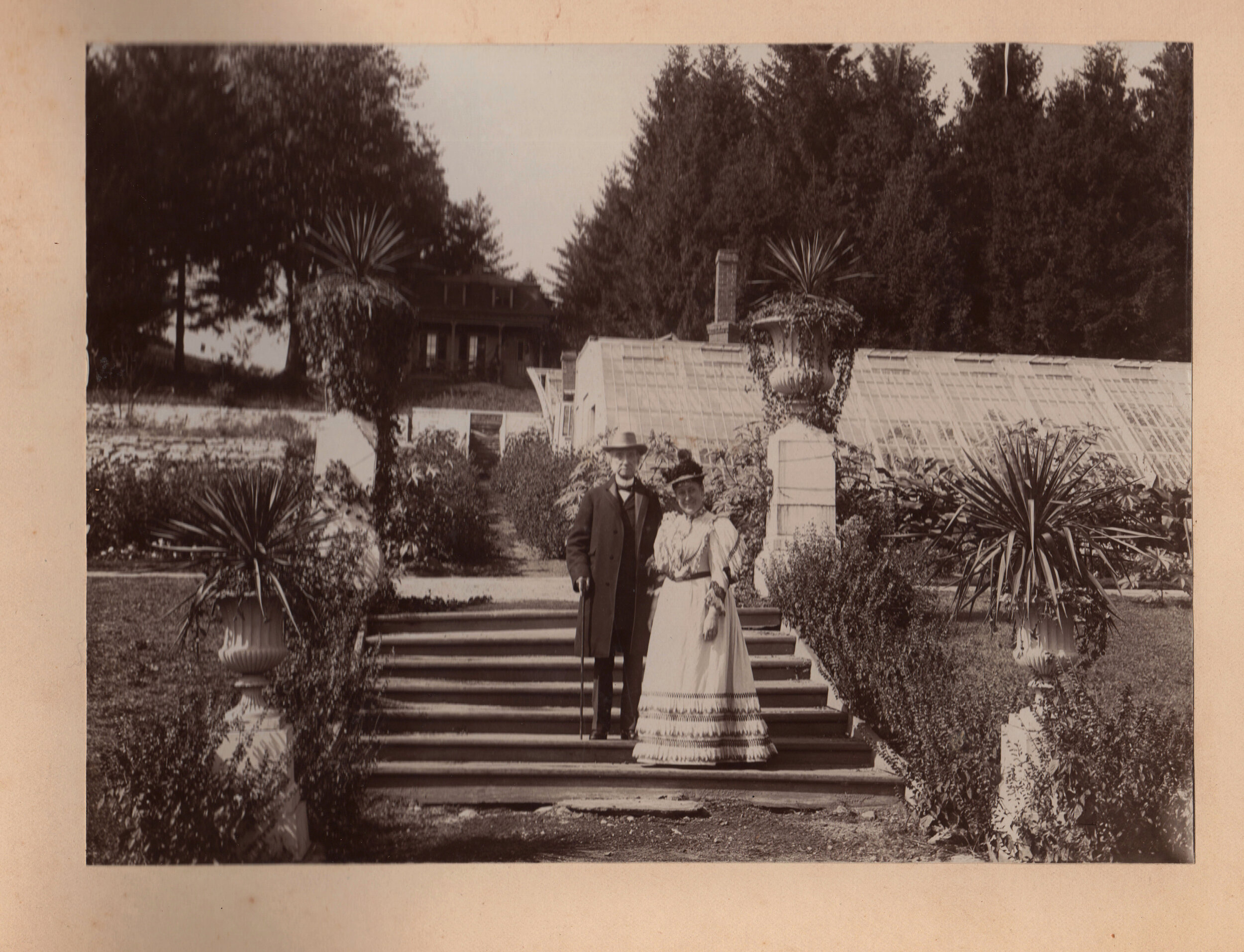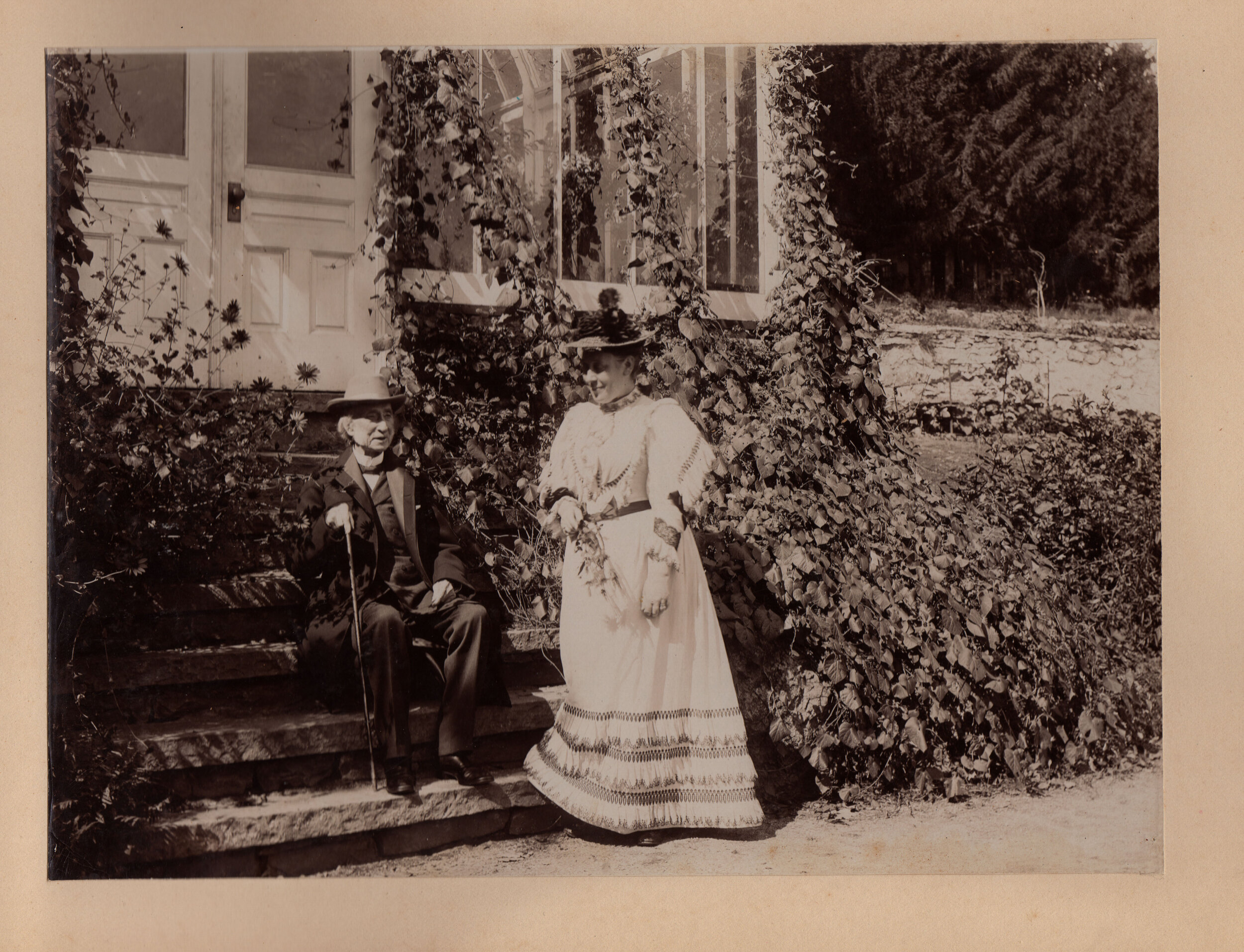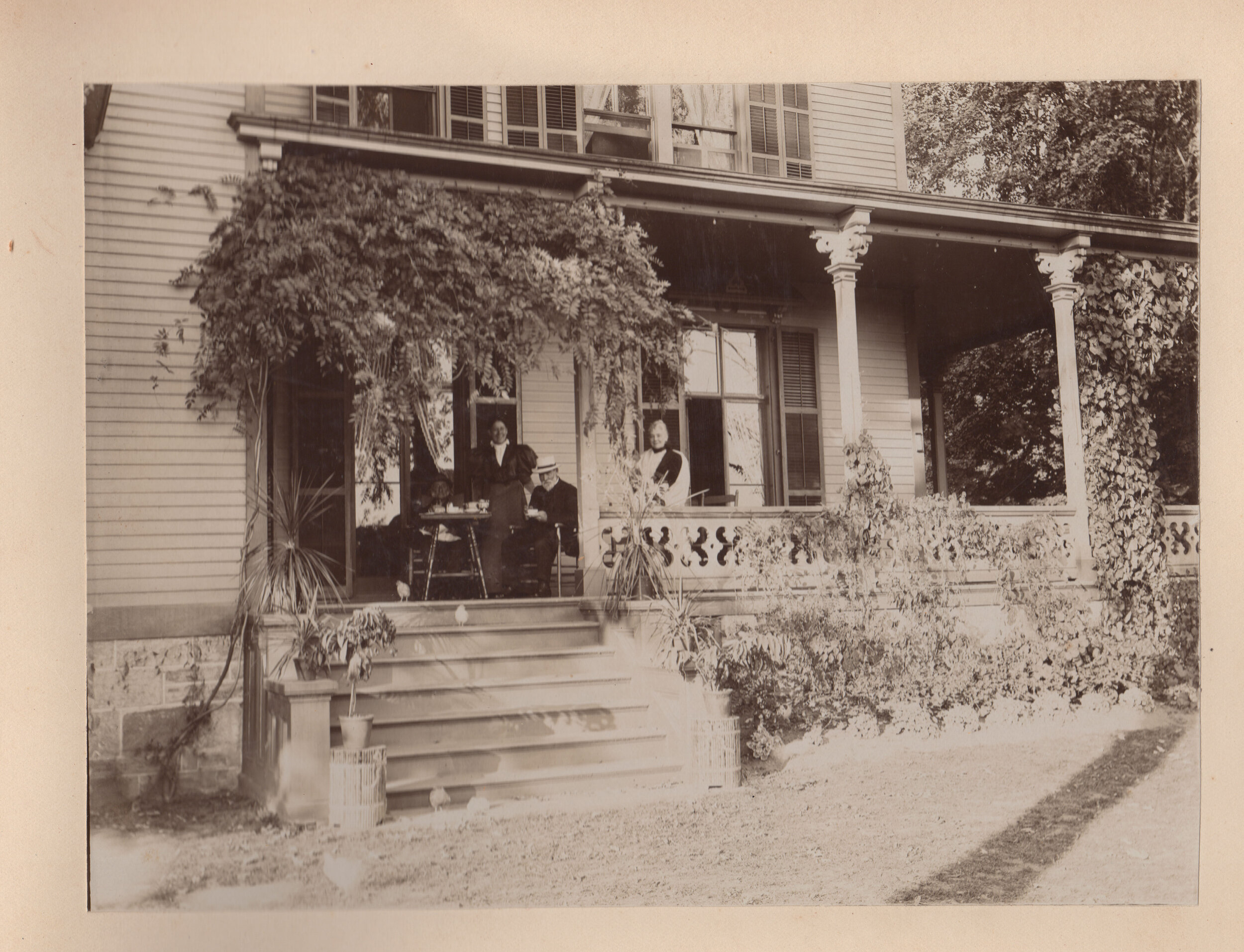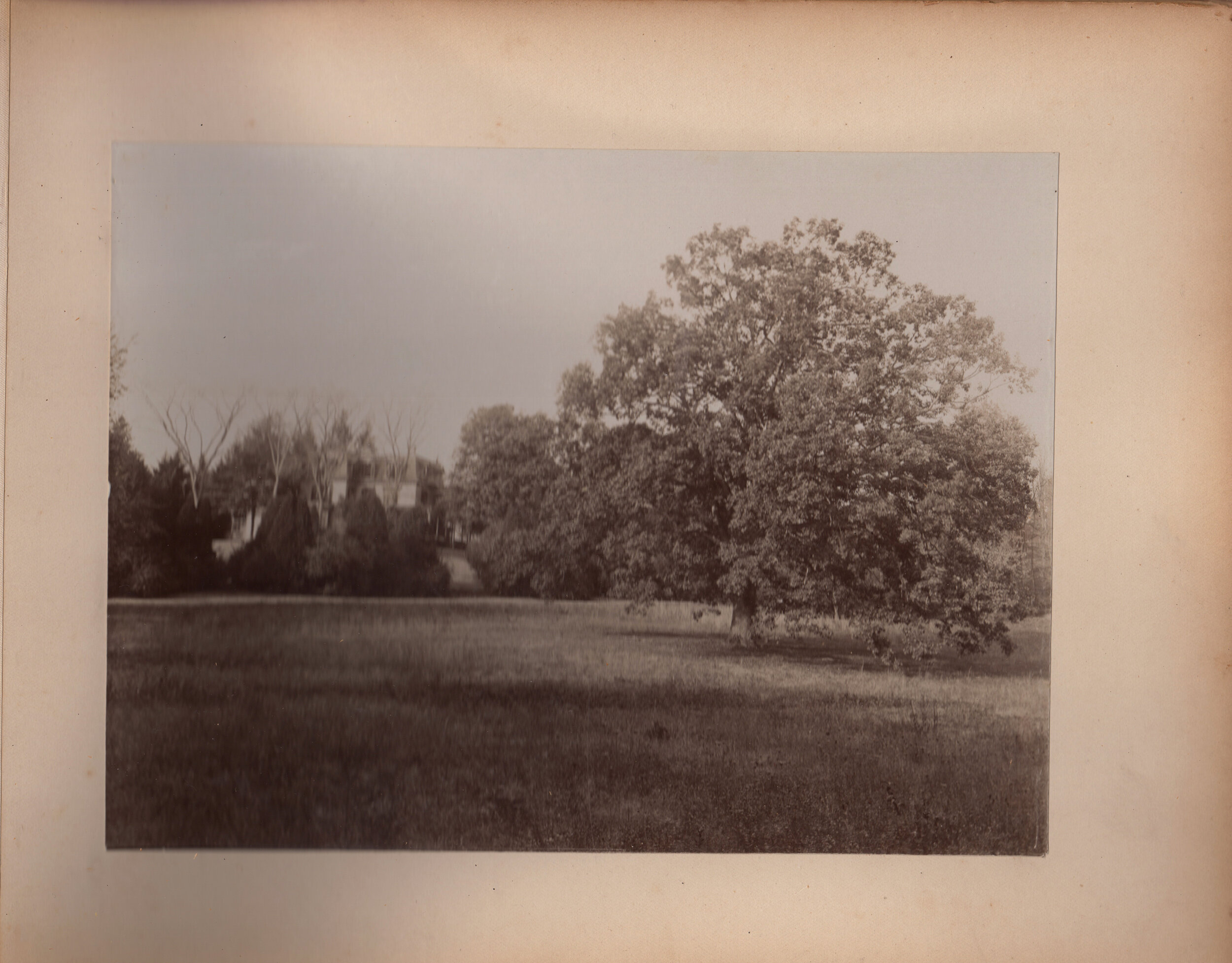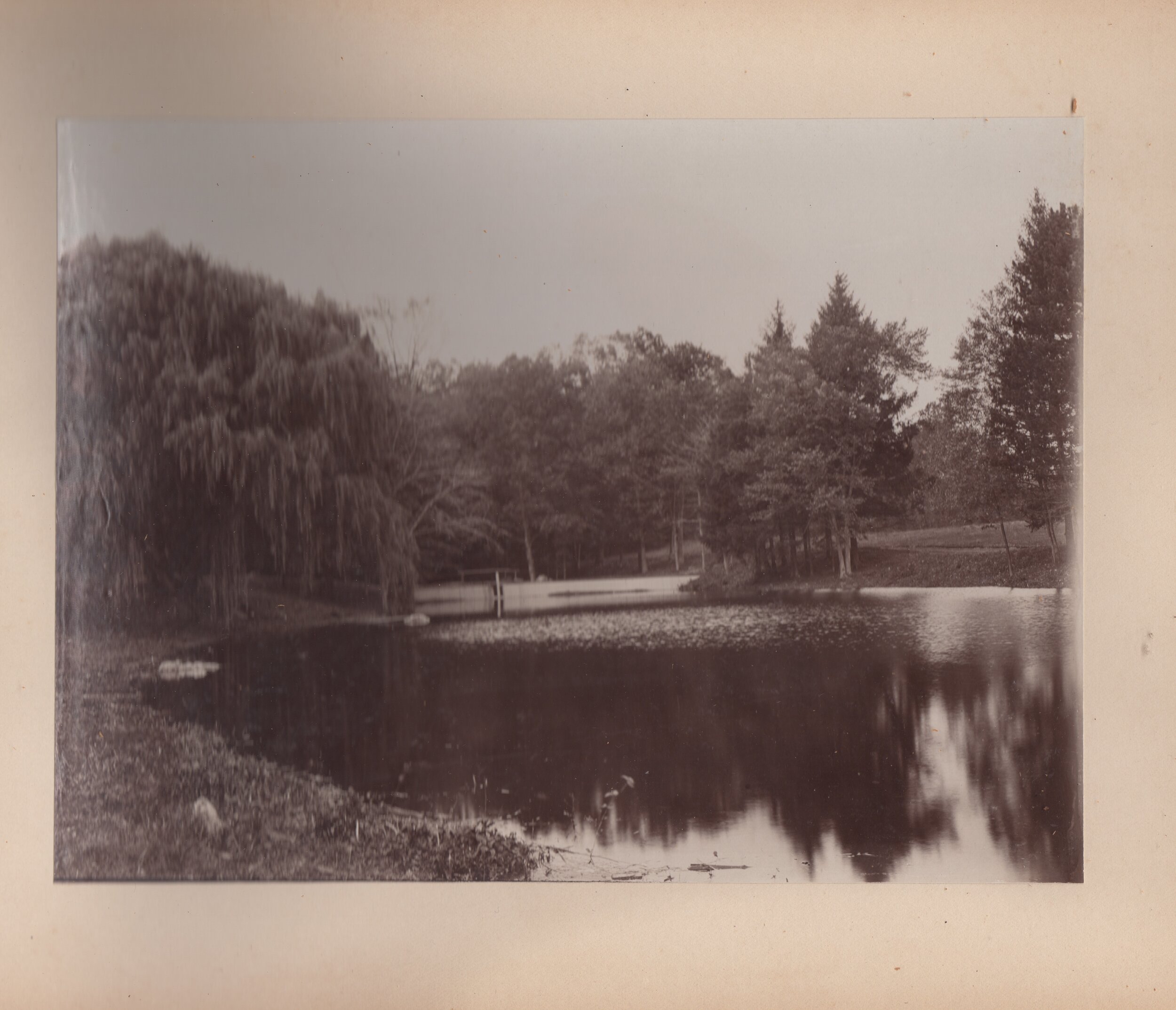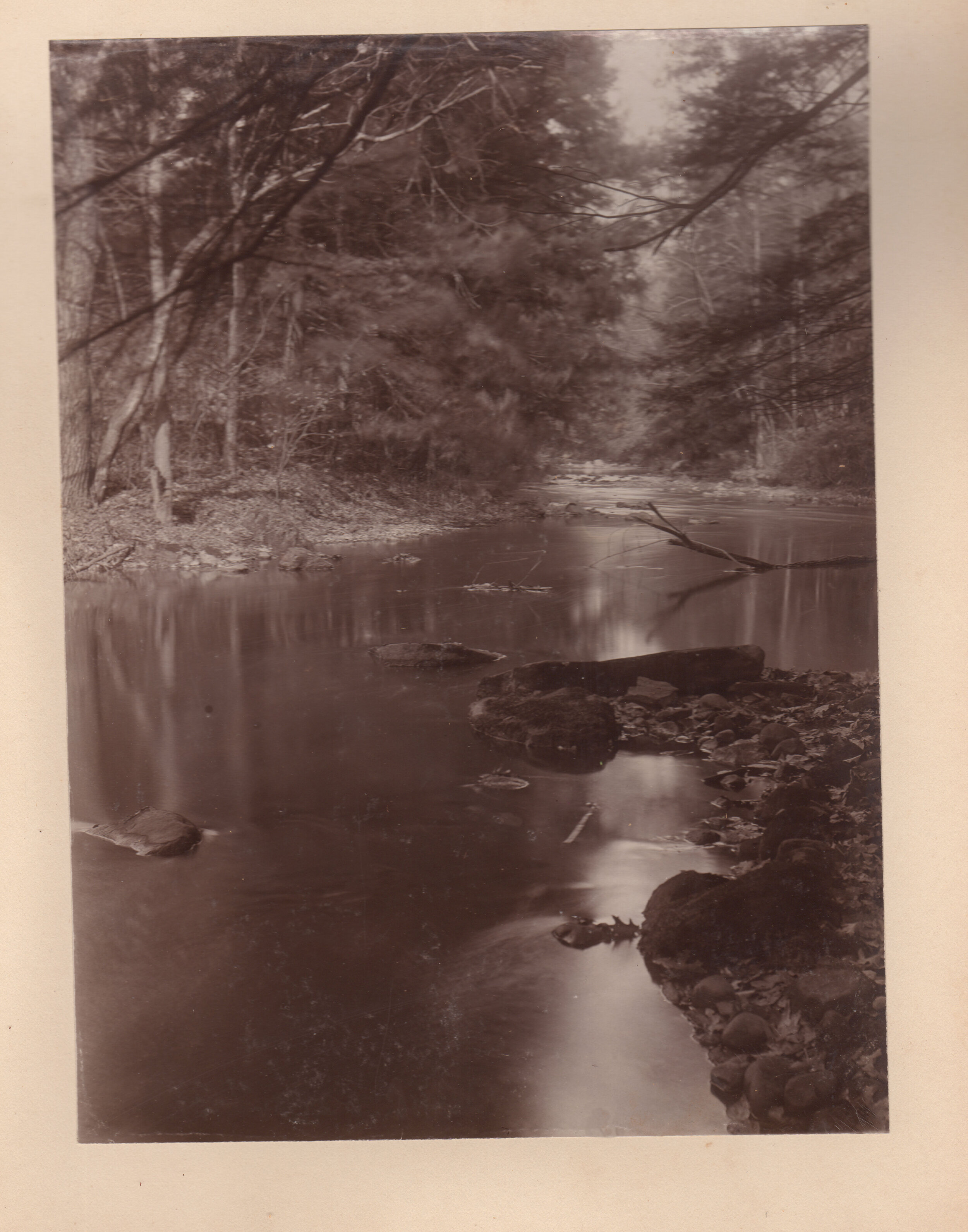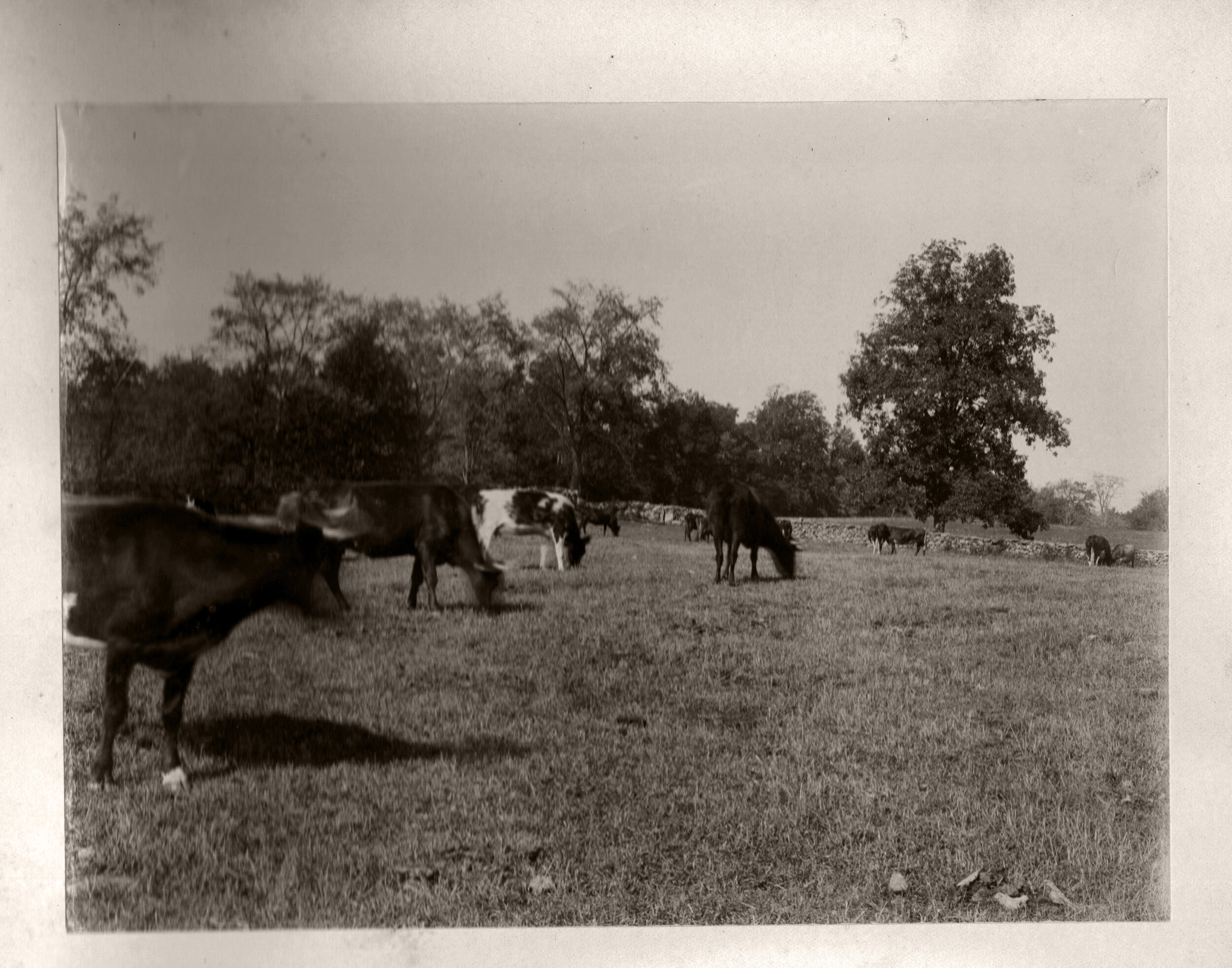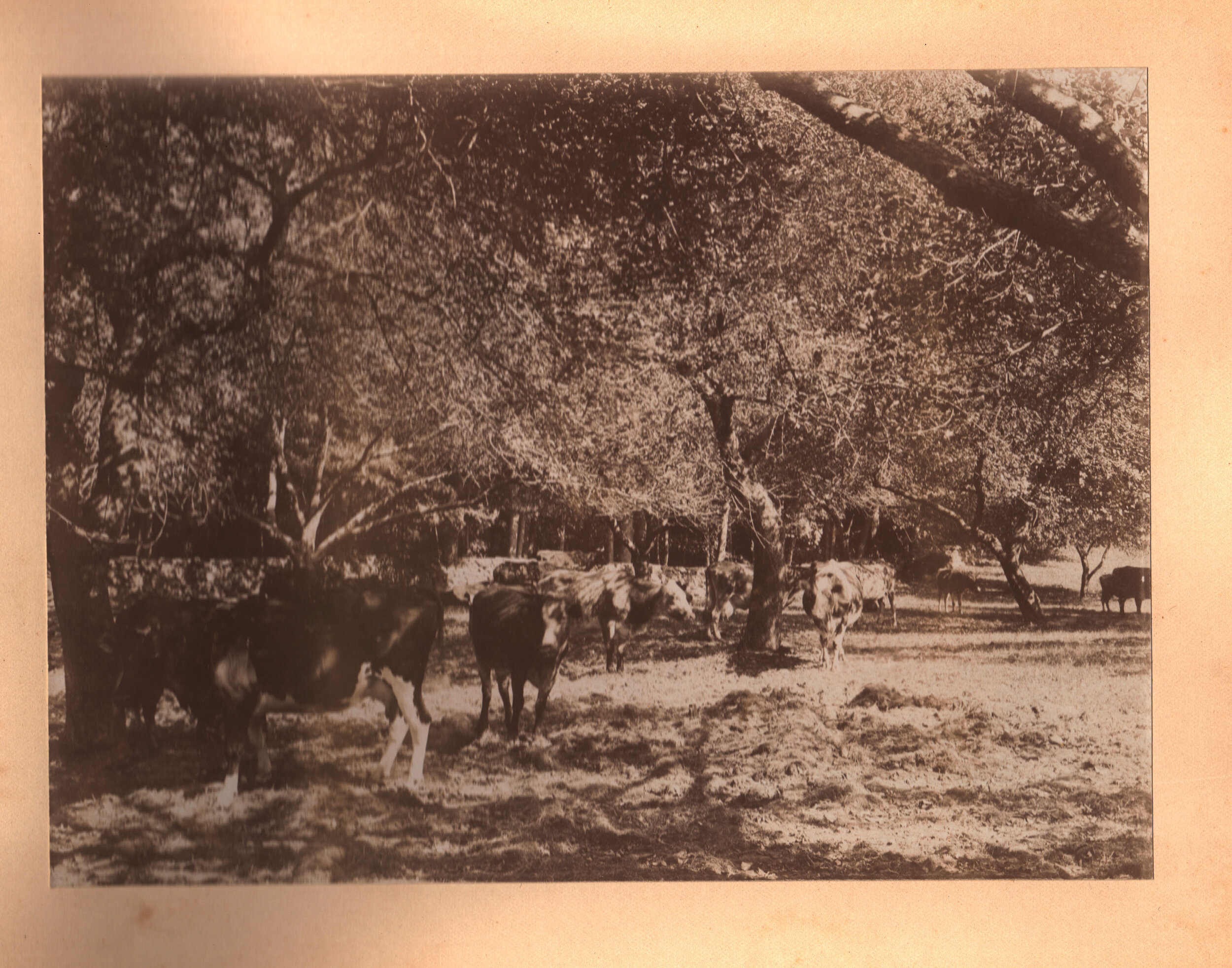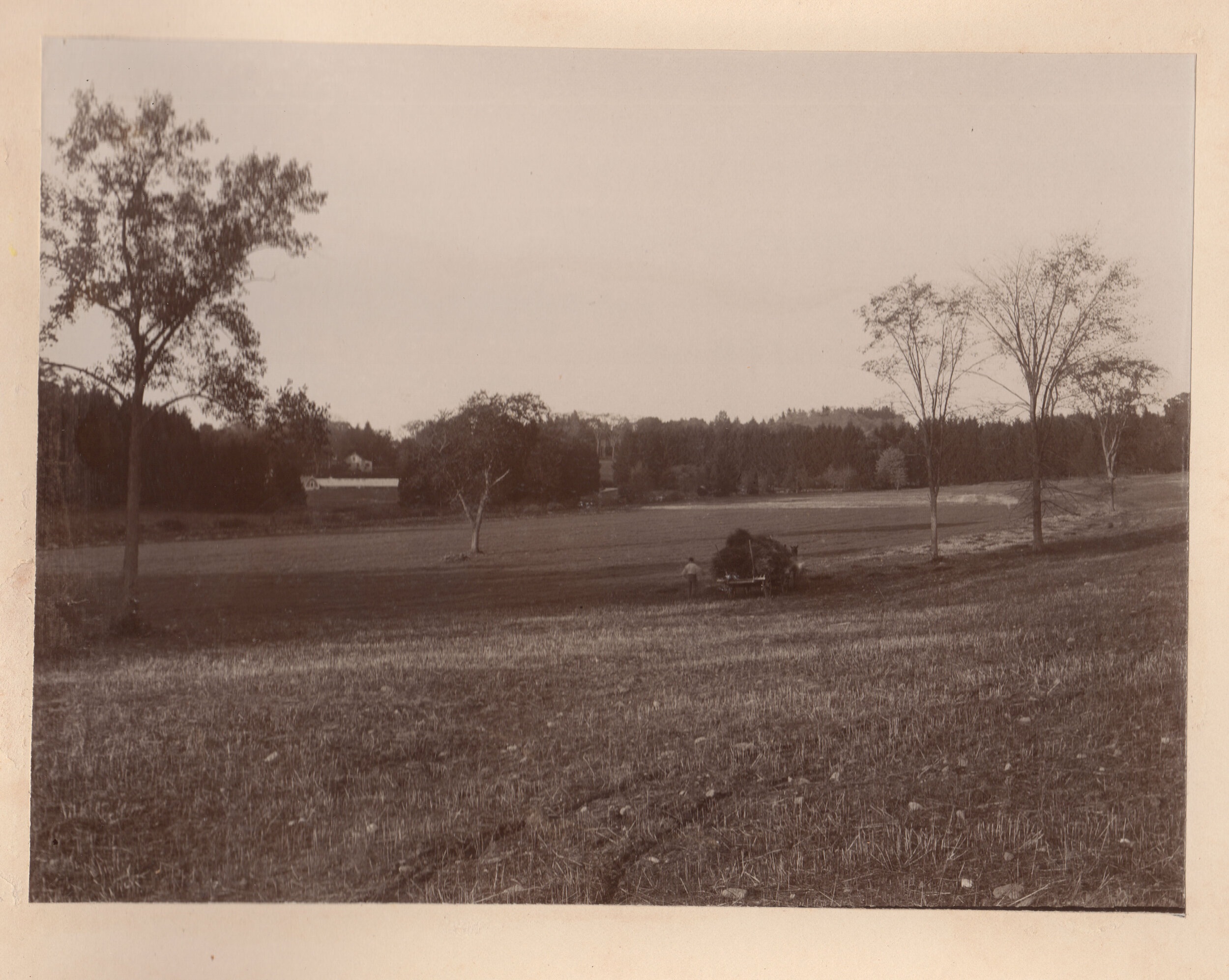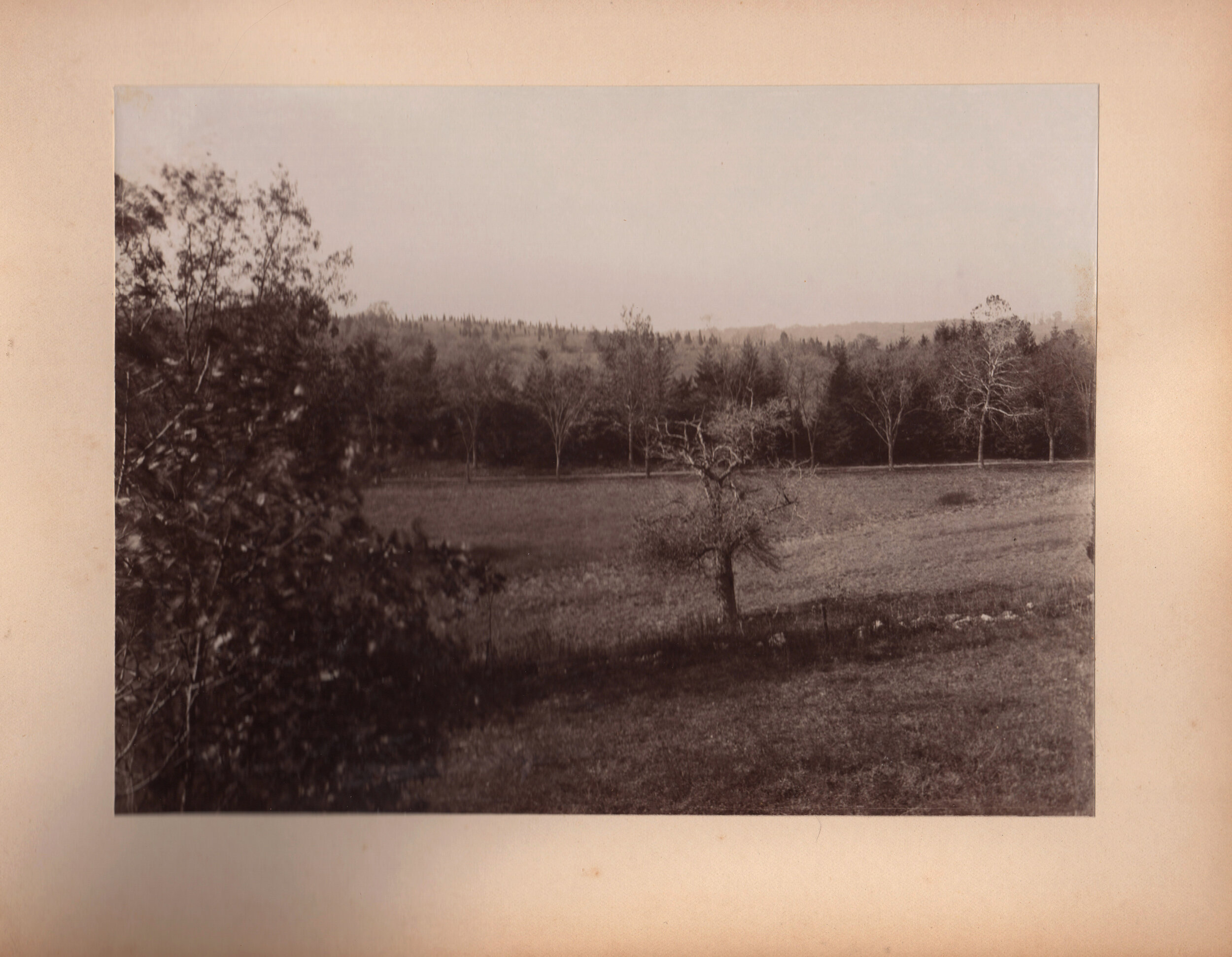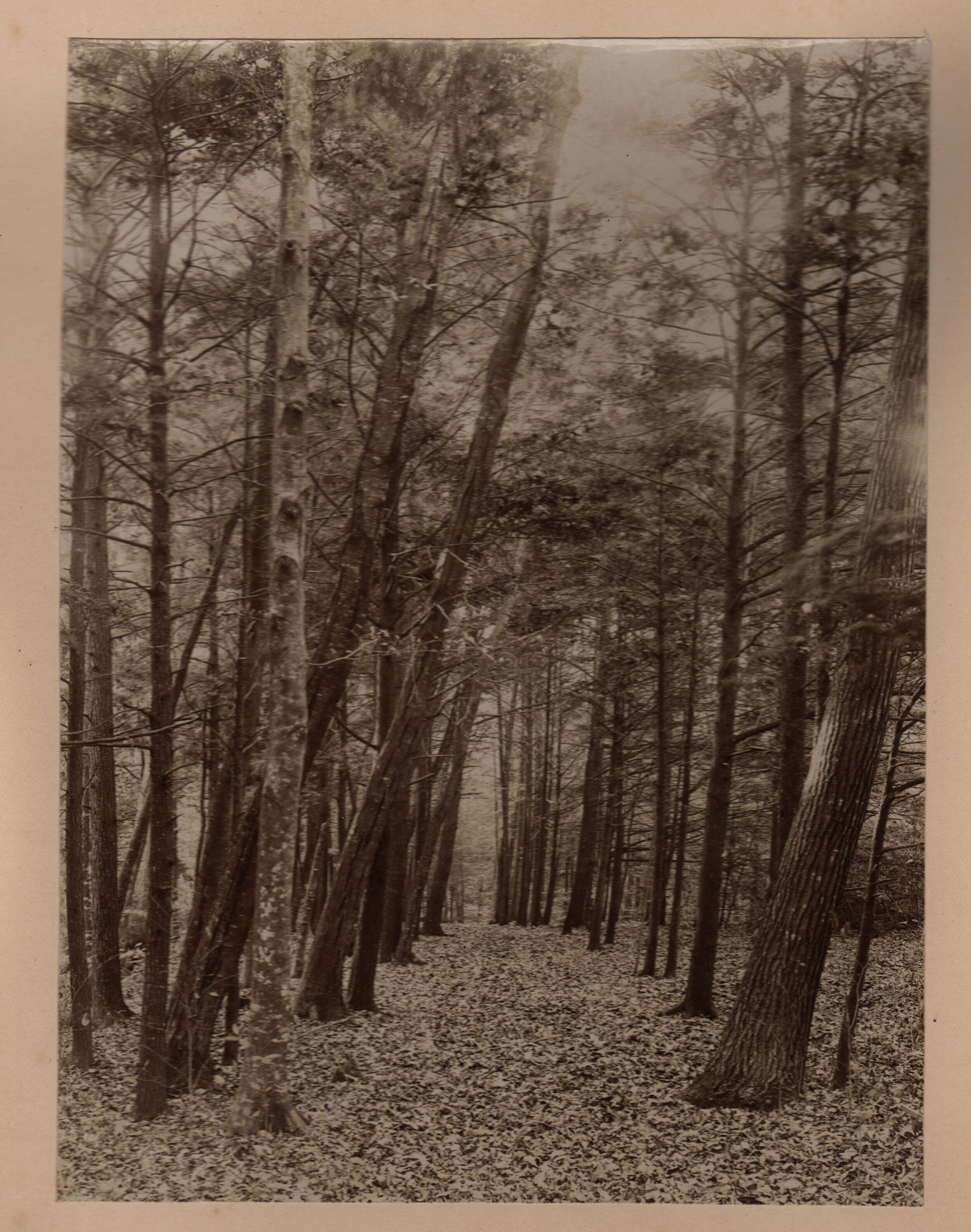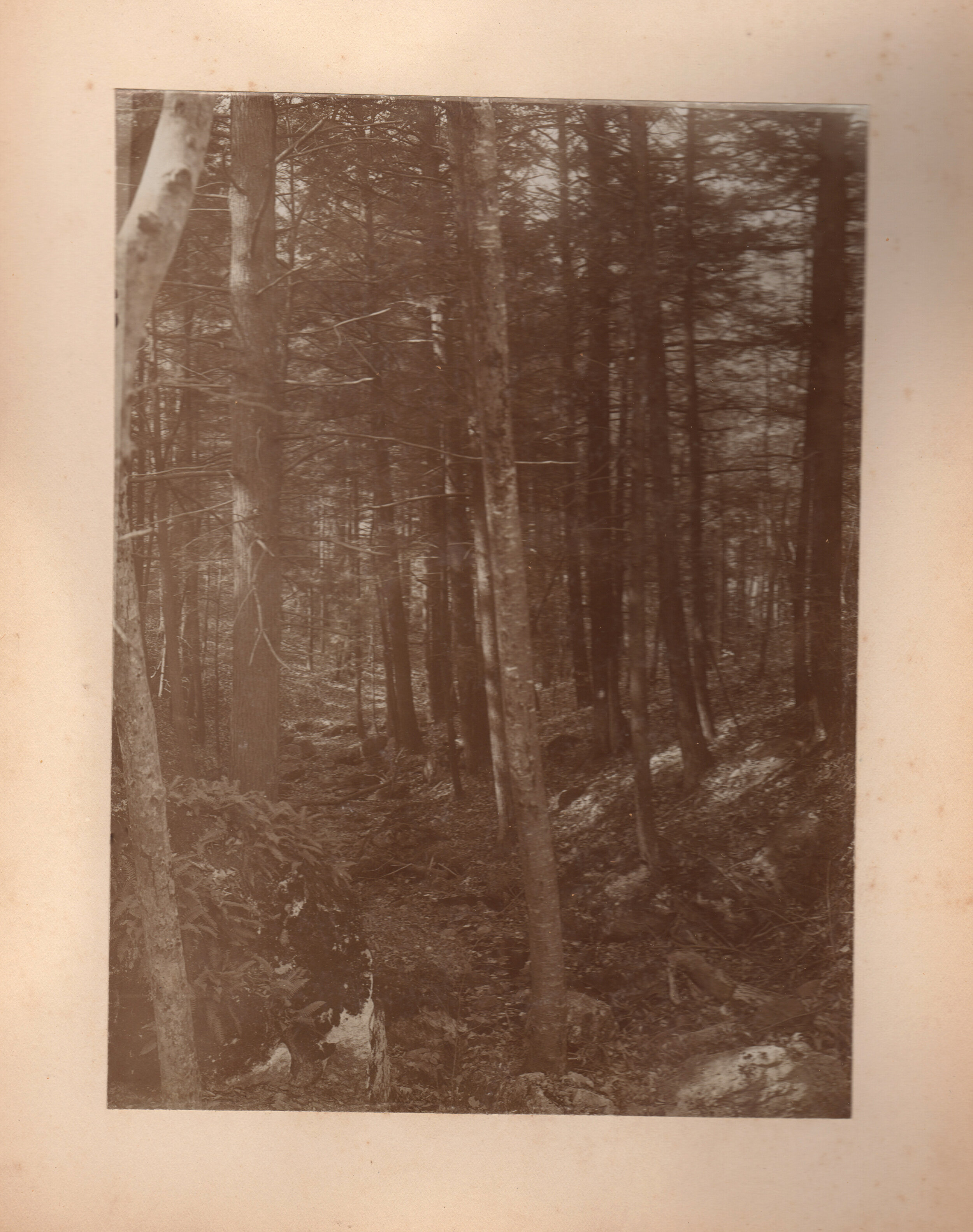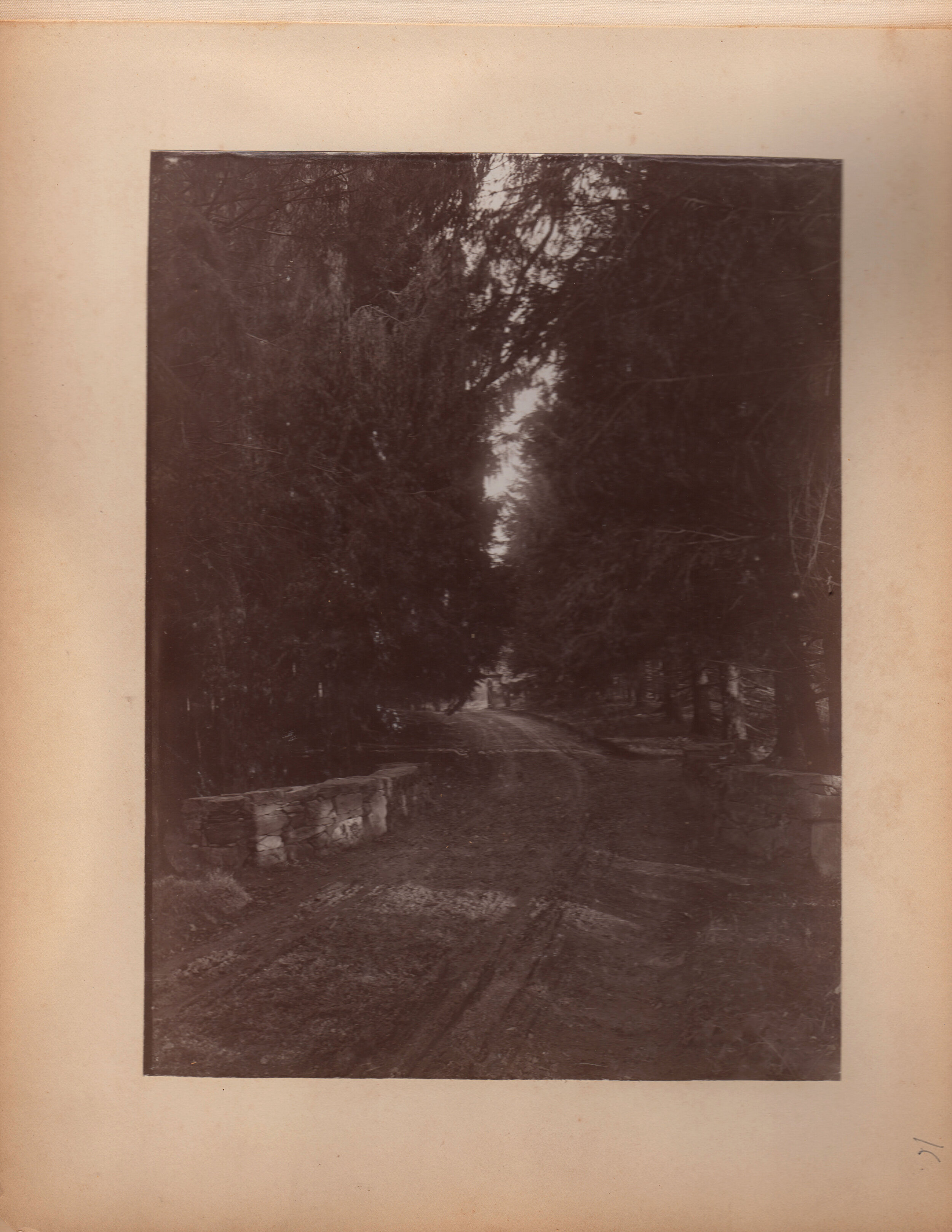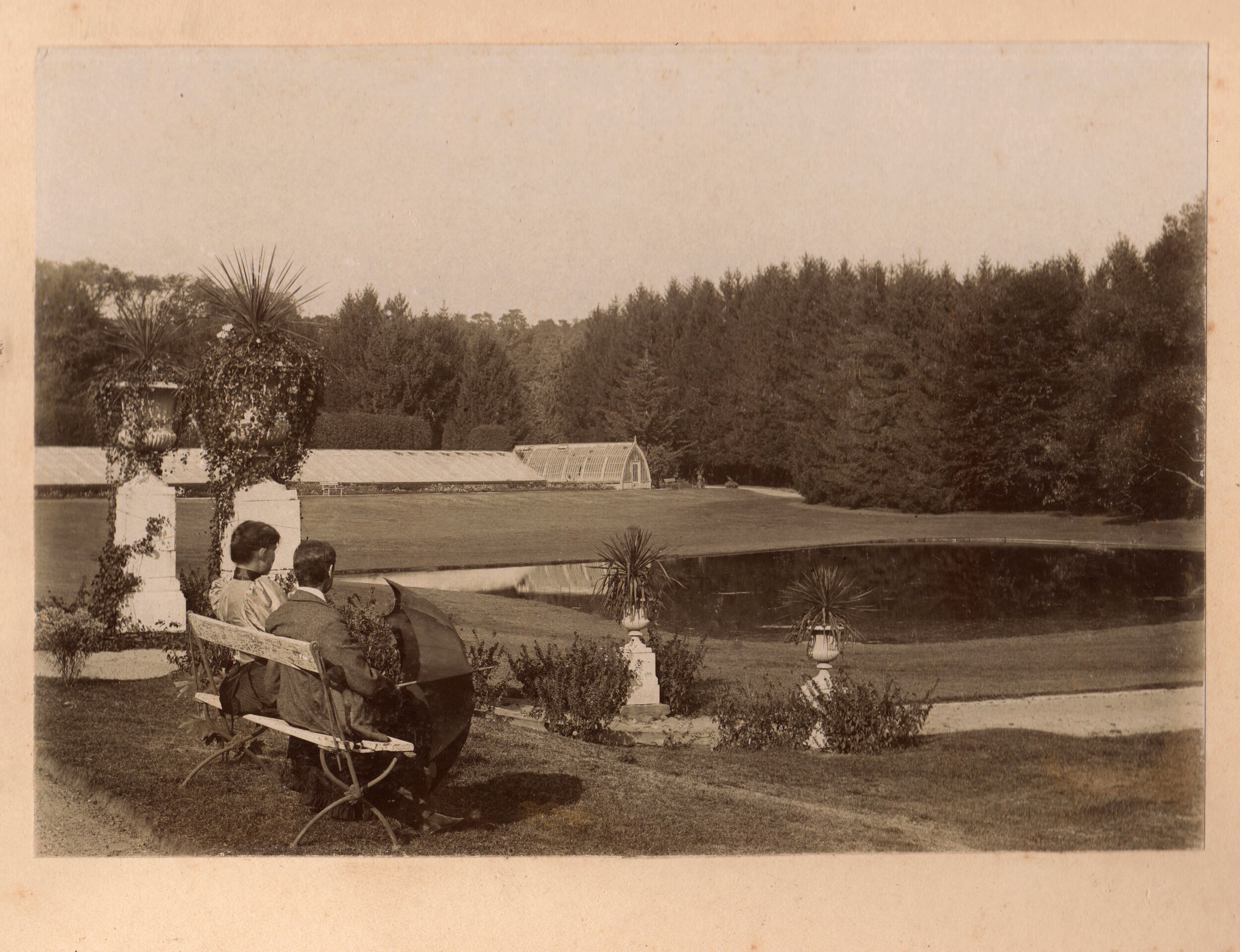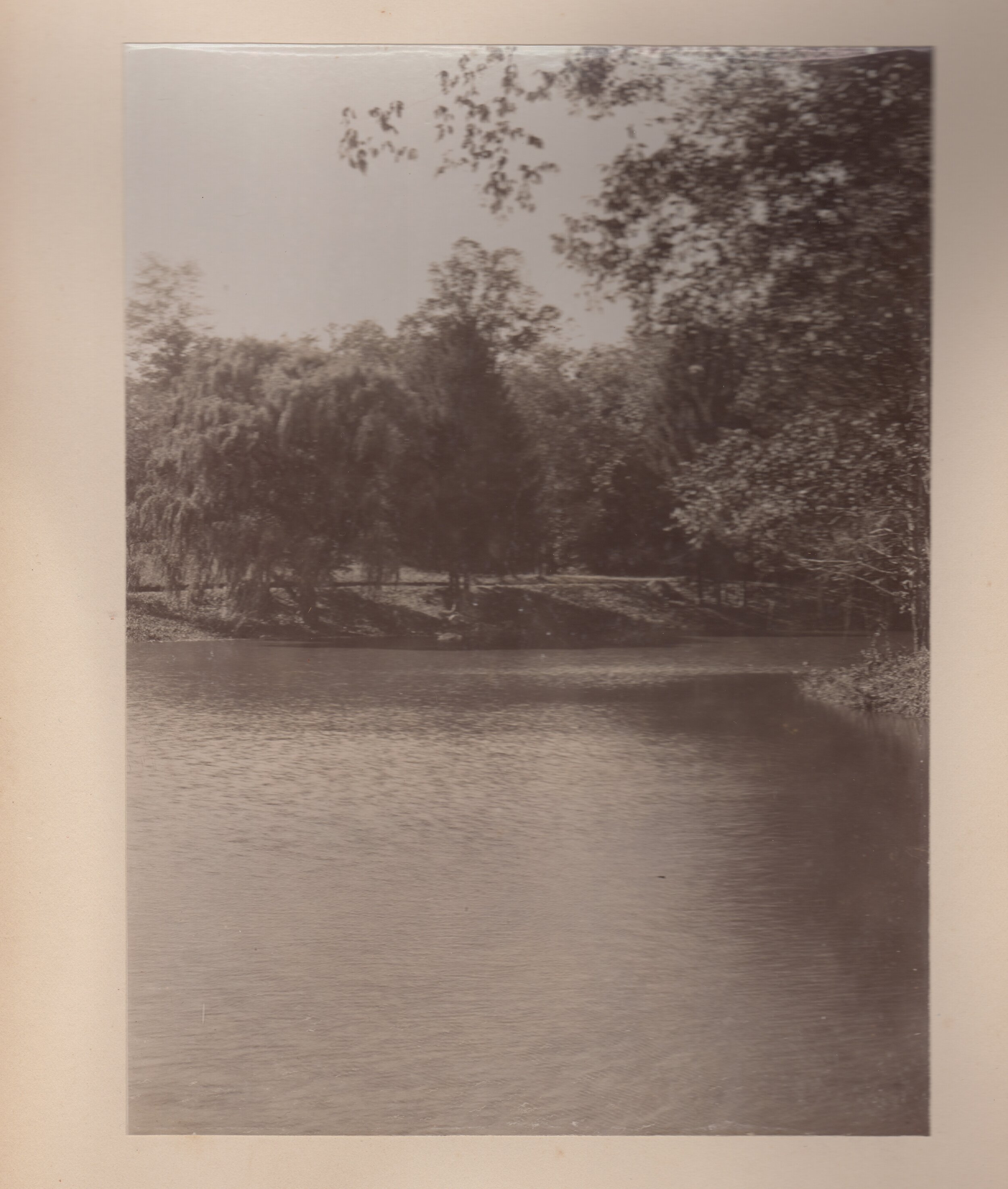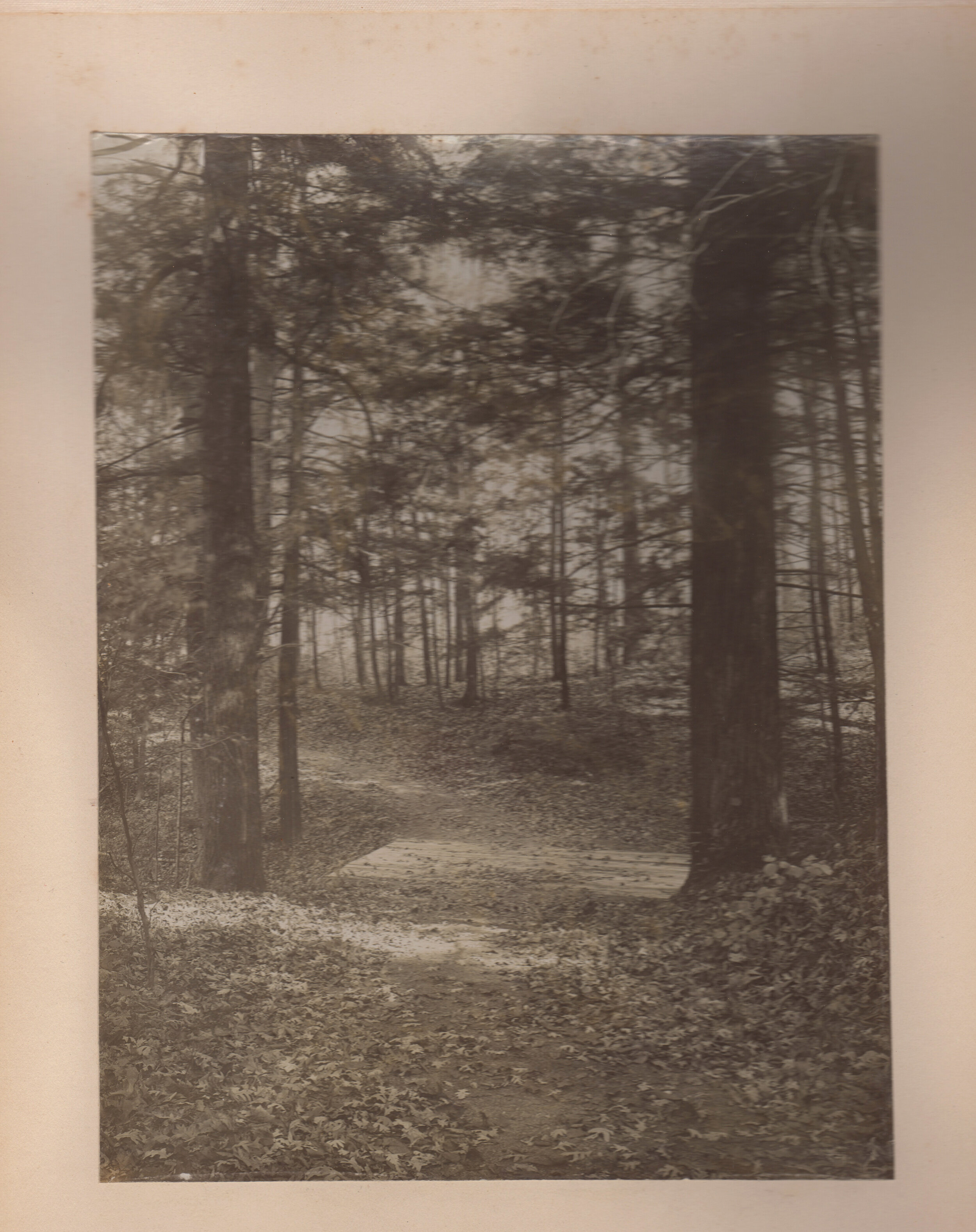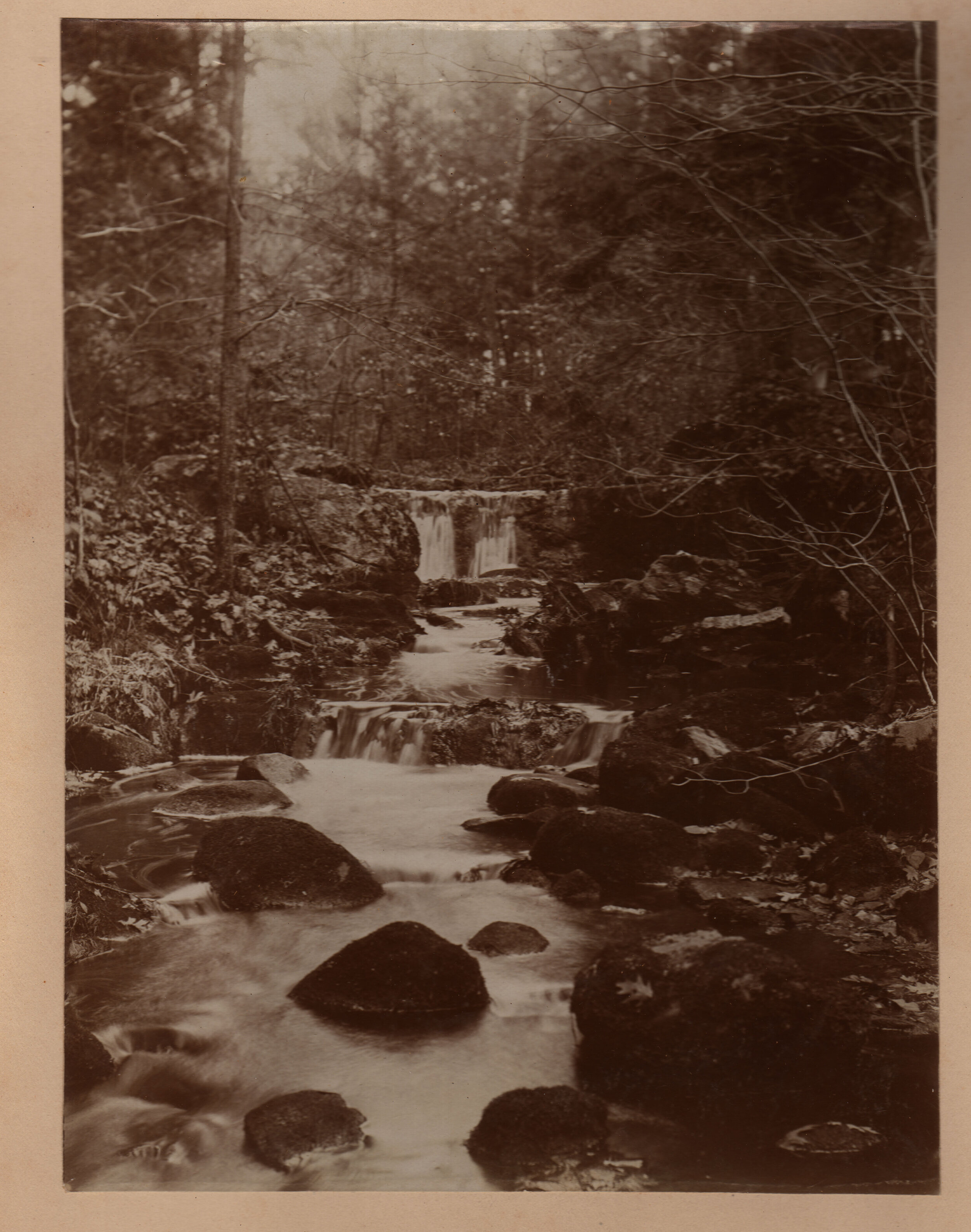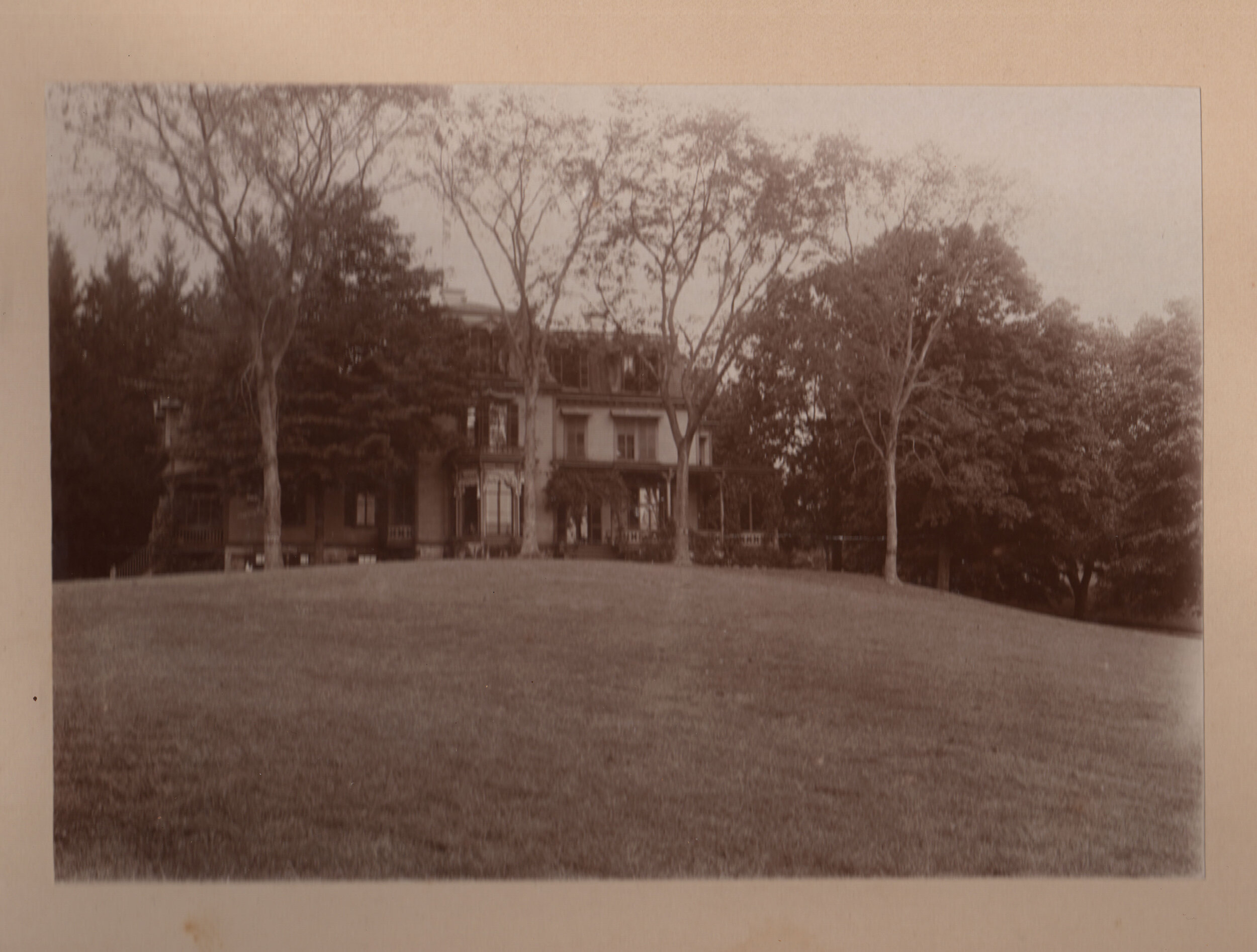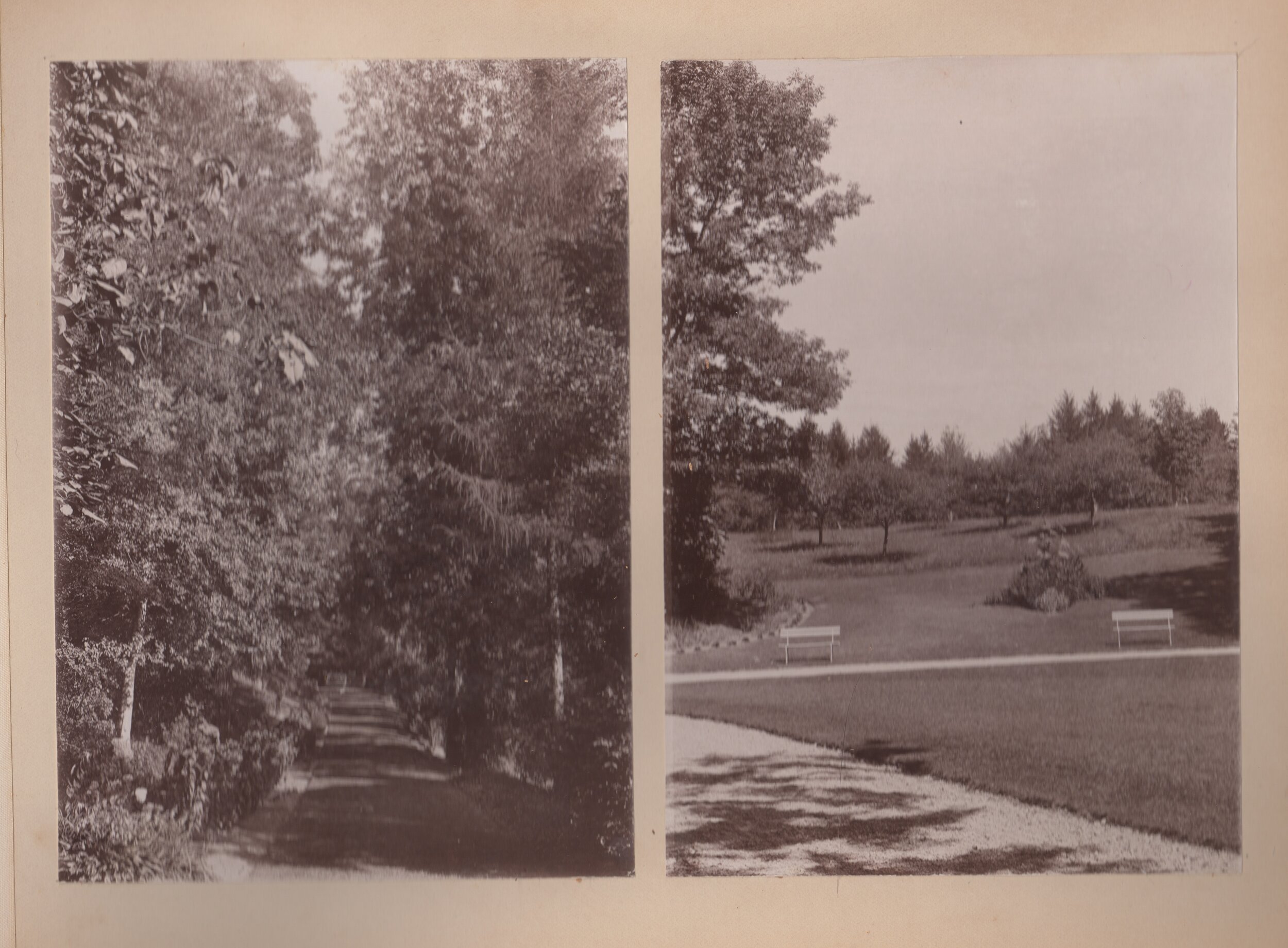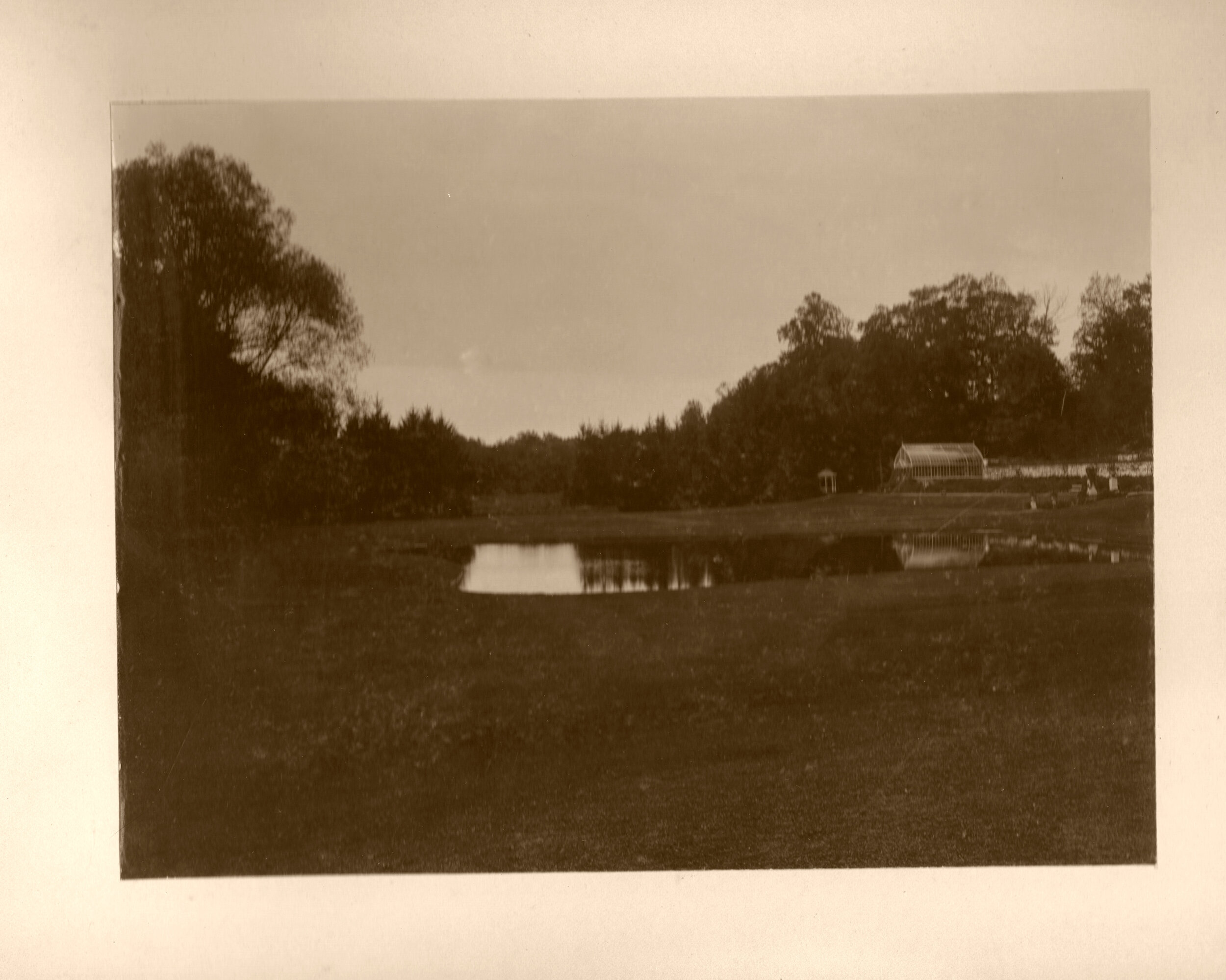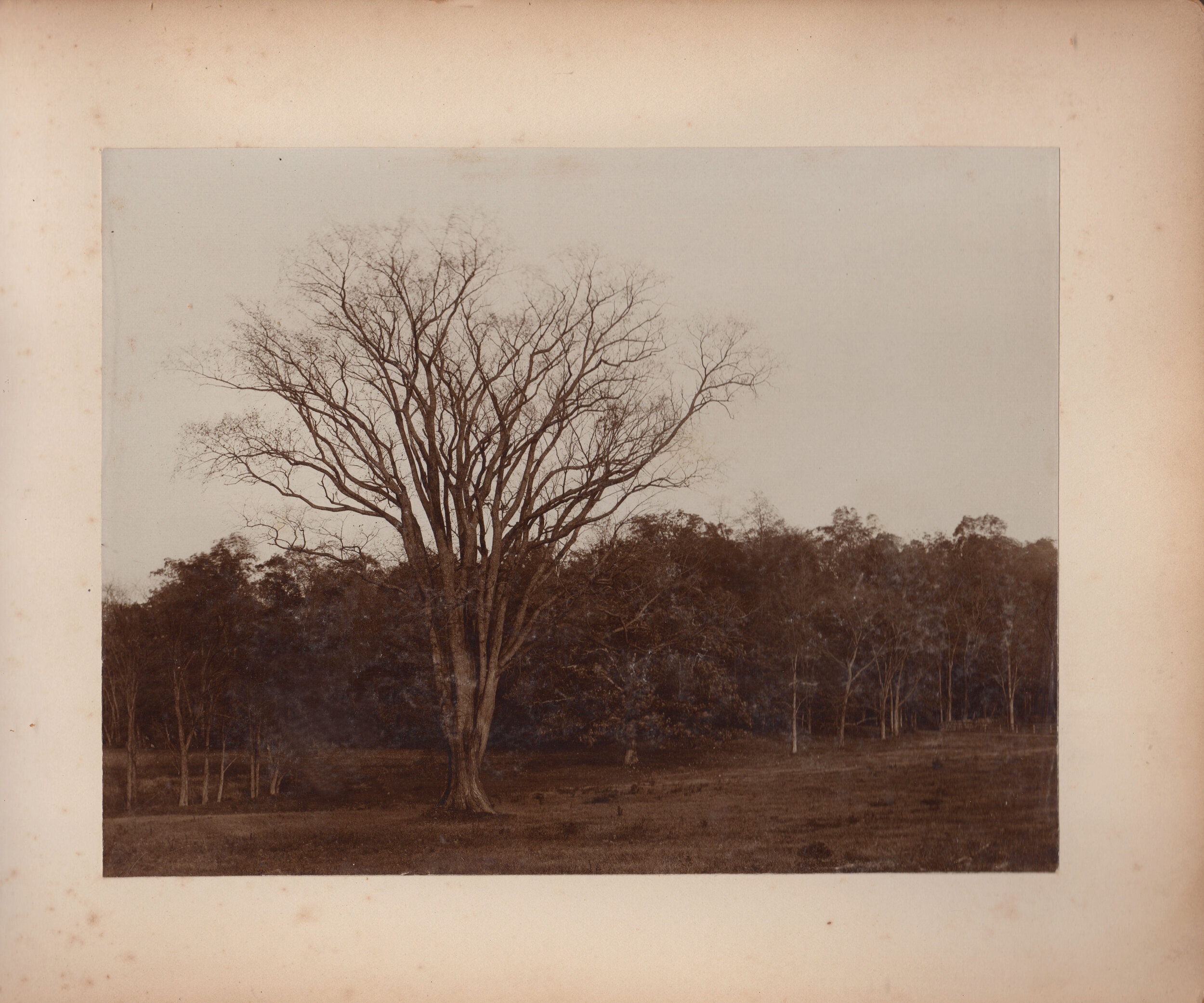Westchester: History of an Iconic Suburb Event
/Join us for a conversation with author Robert Marchant, to hear about his new book Westchester: History of an Iconic Suburb. This live virtual event will provide an informative and lively dialogue on Westchester’s fascinating and often surprising past, moderated by Jordan Copeland. The book examines four centuries of development in Westchester uncovering “a complex and often surprising narrative of slavery, anti-Semitism, immigration, Jim Crow, silent film stars, suffragettes, gangland violence, political riots, eccentric millionaires, industry and aviation, man-made disasters and assassinations.”
Sunday, March 7 at 3 p.m. via Zoom
All members of the public are welcome. Admission is free.
Registration is required. Click this link.
Robert Marchant is a staff reporter at Hearst Media in southern Connecticut and the Greenwich Time newspaper. He lives with his family in Croton-on-Hudson, NY. Jordan Copeland is a Scarsdale resident and Trustee of the Scarsdale Historical Society and Scarsdale Public Library who has researched extensively and given many presentations about the history of Scarsdale.
The Scarsdale Historical Society is pleased to sponsor this event, along with The Scarsdale Forum, League of Women Voters Scarsdale and Scarsdale Public Library.
